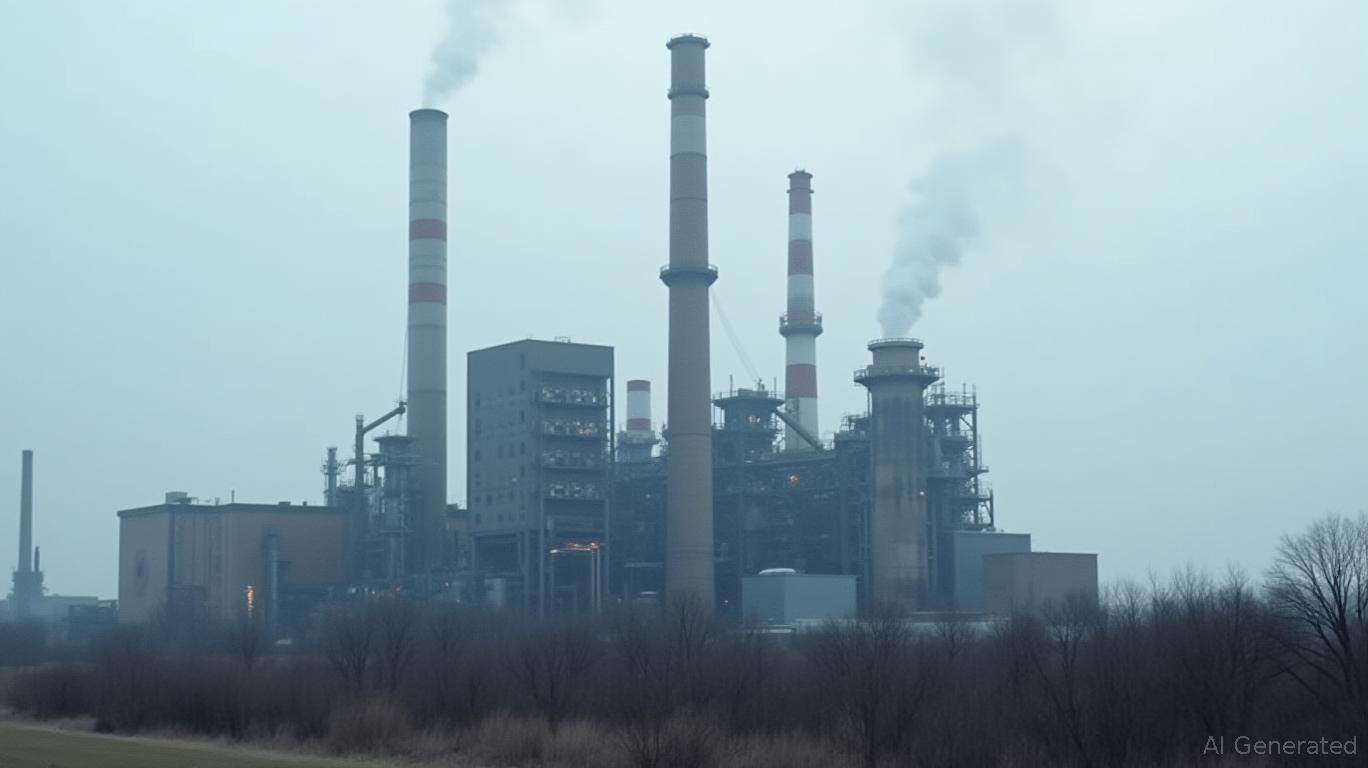Hillman Solutions Navigates Tariff Turbulence with Resilient Q1 Sales Growth
Hillman Solutions (NASDAQ: HLMN) delivered a cautiously optimistic first-quarter 2025 earnings report, showcasing its ability to navigate headwinds from tariffs and economic uncertainty. Despite a 2.6% year-over-year revenue rise to $359.3 million, the company’s results underscored both strategic resilience and the precarious balancing act it faces as it battles rising costs and shifting markets.
A Fragile Foundation of Growth
Hillman’s top-line growth was driven by two key factors: the acquisition of Intex (contributing ~4% growth) and new business contracts (~2%). However, these gains were offset by a 3% decline in market volumes due to broader economic pressures and a 18.7% revenue drop in its struggling Canadian operations. The company’s adjusted EBITDA rose 4.2% to $54.5 million, but gross margins compressed 70 basis points to 46.9%, reflecting lower-margin contributions from newer businesses.
The real story, though, lies in the company’s response to escalating tariffs. A new wave of levies—impacting 33% of products sourced from China—threatens to add a staggering $250 million in annualized costs. CEO Jon Michael Adinolfi framed this as a “worst-case scenario,” yet one the company is aggressively addressing through price hikes, supplier diversification, and cost discipline.

The Tariff Tightrope
Hillman’s strategy to offset tariff impacts hinges on three pillars:
1. Price Increases: Aiming to pass tariff costs “dollar for dollar” to retailers.
2. Supply Chain Diversification: Reducing Chinese sourcing to 20% by year-end.
3. Volume Assumptions: Factoring in a 17% YoY sales decline in the second half of 2025—a conservative estimate exceeding the 10% drop seen during the 2009 recession.
The risks here are stark. CFO Rocky Kraft warned that the timing of these measures is non-linear. Tariff costs will hit cost of goods sold (COGS) with a 4–6 month lag, while price increases may not materialize until late 2025. This creates a cash flow cliff: free cash flow guidance was withdrawn entirely due to these timing uncertainties.
Segment Spotlight: Robotics and the Canadian Stumble
While Hillman’s Hardware & Protective Solutions segment grew 5.6%, its Robotics & Digital Solutions (RDS) division—critical to its long-term vision—advanced only 1.9% year-over-year. Over 1,700 MiniKey 3.5 machines have been deployed, but margins remain pressured by rollout costs, which the company expects to ease as adoption scales.
Meanwhile, the Canadian operations remain a liability, with revenue down 18.7% due to falling housing activity and political instability. Management insists the segment’s adjusted EBITDA margin will stay above 10%, but recovery hinges on stabilizing macro conditions—a gamble in today’s volatile environment.
The Bottom Line: A Resilient, Risk-Fueled Outlook
Hillman’s guidance for 2025 calls for $1.495–1.575 billion in net sales (midpoint: 4% growth) and $255–275 million in adjusted EBITDA (midpoint: 10% growth). The company’s liquidity ($200.9 million available) and strong vendor partnerships provide a cushion, but its leverage ratio—expected to end the year at 2.5x—is a red flag.
Investors should note the stock’s volatility: with a beta of 1.67, HLMN has tumbled 29% over six months. Yet, the company’s Q1 results—exceeding revenue expectations and maintaining EPS—suggest a floor may be forming. The question is whether its strategic bets—on price realization and supplier diversification—will outweigh the risks of delayed cost recovery and a fragile Canadian market.
Conclusion: A Test of Resolve
Hillman Solutions’ Q1 results paint a company at a crossroads. Its ability to grow revenue in a constrained environment is commendable, but its tariff-driven margin pressures and Canadian woes loom large. The company’s historical resilience—Adinolfi cited a 60-year track record—offers hope, but execution on its mitigation plans will determine whether this quarter’s gains are a harbinger of stability or a fleeting reprieve.
For now, the numbers are mixed but not dire. With adjusted EBITDA margins improving 30 basis points and its robotics rollout on track, Hillman is positioning itself for a post-tariff world. Investors, however, must weigh its 10% EBITDA growth guidance against the 300-basis-point margin drag it acknowledges. In an era of macroeconomic uncertainty, Hillman’s story is as much about management’s adaptability as it is about its balance sheet—a test it’s navigating, but not yet conquering.










